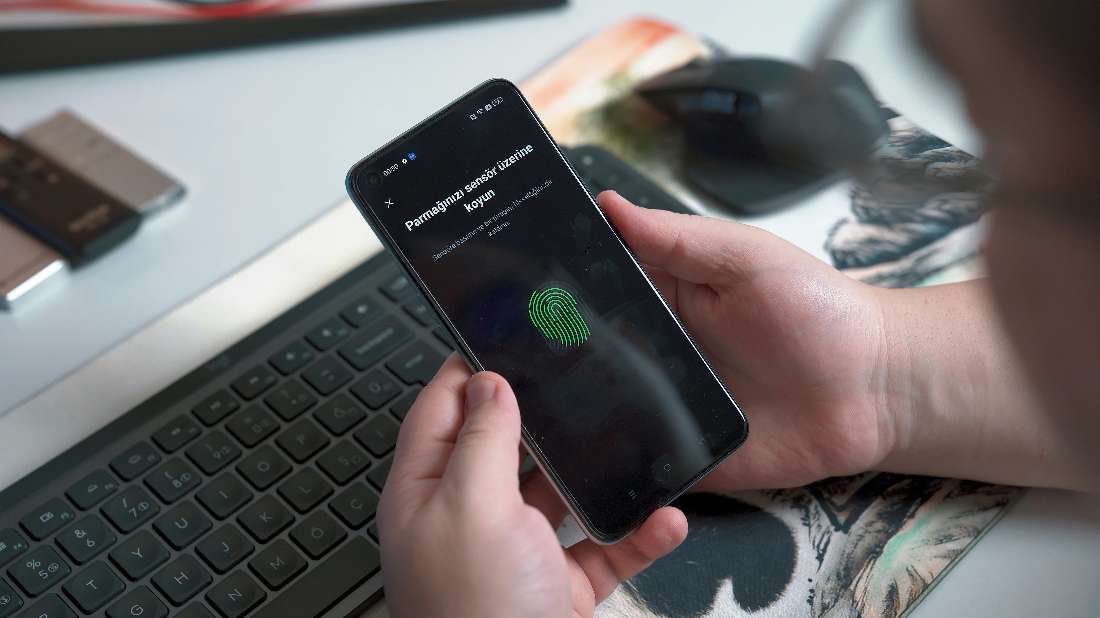Navigating the World: AR and VR in Navigation and Mapping
5 min read
09 May 2025
The world of navigation and mapping is experiencing a revolutionary shift with the integration of Augmented Reality (AR) and Virtual Reality (VR) technologies. These cutting-edge technologies are transforming how we navigate and interact with our surroundings, offering enhanced experiences that blend the digital and physical worlds in innovative ways.
One of the primary benefits of AR and VR in navigation is their ability to provide real-time, contextual information to users as they move through their environment. AR navigation applications overlay digital information, such as directions, points of interest, and even real-time traffic updates, onto the user's view of the real world. This hands-free approach to navigation allows users to stay engaged with their surroundings while receiving relevant information.
VR, on the other hand, offers immersive mapping experiences that enable users to explore locations in a virtual environment. Whether it's planning a hiking trail, scouting a new neighborhood, or conducting urban planning simulations, VR mapping tools provide a realistic and interactive way to visualize geographic data. Users can navigate through virtual landscapes, analyze terrain features, and even simulate real-world scenarios to plan their routes effectively.

Moreover, AR and VR technologies are revolutionizing indoor navigation and wayfinding. AR indoor navigation apps can guide users through complex indoor spaces, such as airports, shopping malls, and museums, by overlaying digital signage and directional cues onto the user's view of the environment. This makes it easier for users to navigate large indoor spaces and find points of interest with ease.
In addition to improving navigation efficiency, AR and VR mapping solutions are also enhancing the way we perceive and interact with geographic data. By visualizing data in a spatial context, users can gain deeper insights into their surroundings and make more informed decisions. For example, urban planners can use VR simulations to assess the impact of proposed developments on the surrounding area, while archaeologists can use AR to overlay historical maps onto modern landscapes for comparative analysis.
As AR and VR technology continues to evolve, the possibilities for navigation and mapping are endless. From personalized AR navigation experiences that adapt to users' preferences and behaviors to immersive VR mapping tools that enable collaborative planning and exploration, AR and VR are reshaping how we navigate and interact with the world around us. By harnessing the power of these transformative technologies, we can create safer, more efficient, and more engaging navigation experiences for users worldwide.
More Articles

The Future of Biometric Security: Beyond Passwords
7 min read | 16 May 2025

Securing Your Sanctuary: The Rise of Advanced Home Security Systems
5 min read | 15 May 2025

The Future of Home Living: Exploring the Latest Smart Technologies
6 min read | 14 May 2025

Google's Game-Changers: The Hottest Tech Products Taking the World by Storm
6 min read | 13 May 2025
More Articles

Microchips and Mobile Gaming: A Look at the Latest Innovations and Future Trends
5 min read | 01 May 2025

The Future of Mobile Gaming: Integrating AI and Robotics
2 min read | 30 Apr 2025

Neural Networks and Procedural Content Generation in Mobile Games
5 min read | 29 Apr 2025

Quantum Computing's Potential to Solve Complex Game Algorithms
2 min read | 28 Apr 2025
